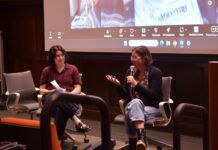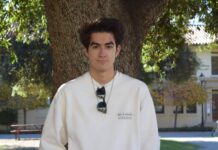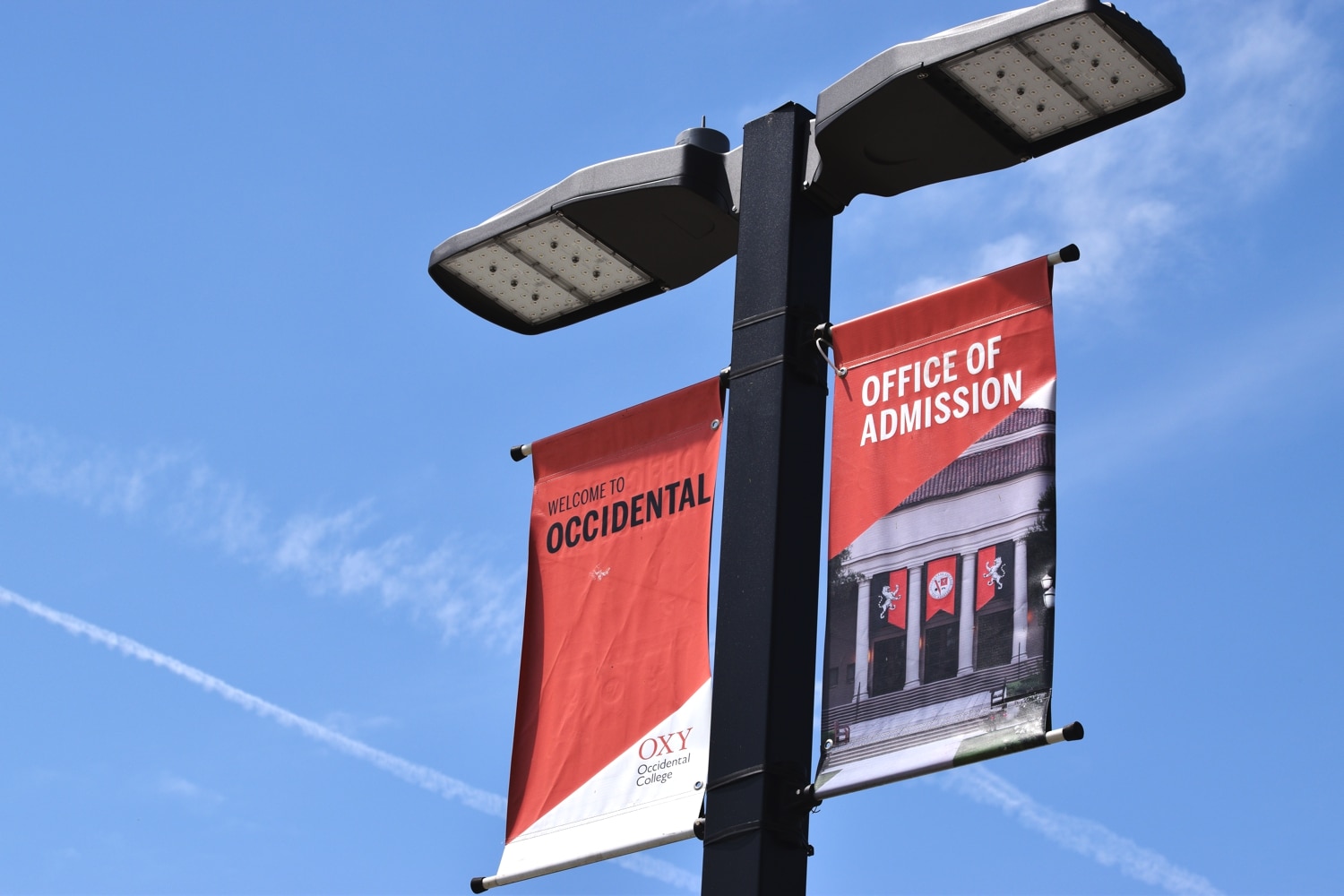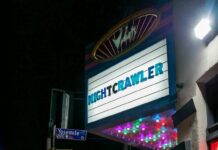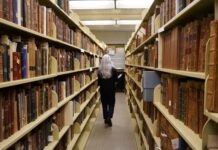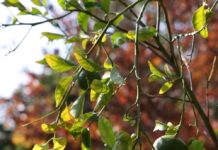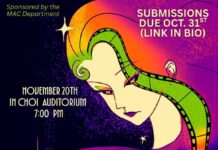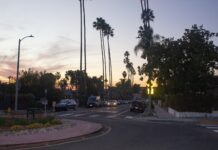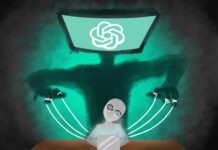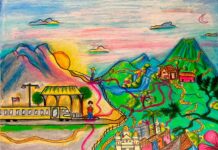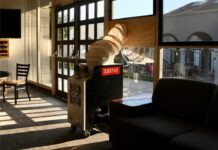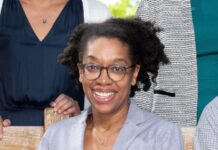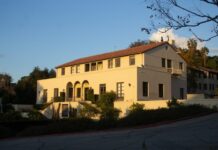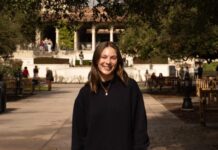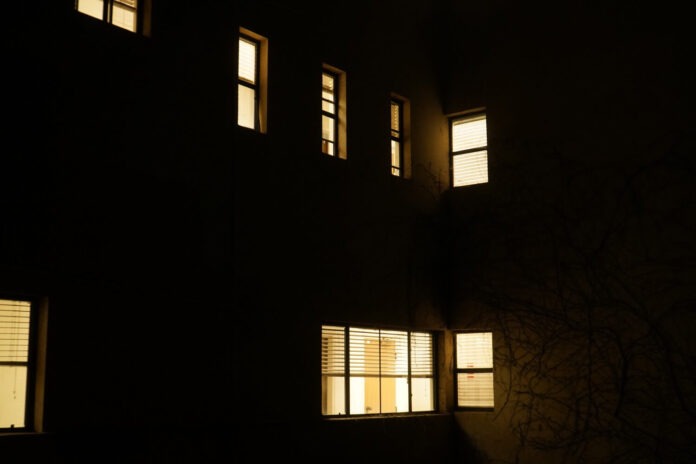
It’s true: the future is bright. Every eight years, the sky doubles in brightness, an approximate 9.6% annual increase. Oct. 22, the Eagle Rock Neighborhood Sustainability and Land Use Committees partnered with DarkSky LA County and LA Astronomical Society to spotlight the effects of light pollution and discuss potential solutions.
DarkSky LA County co-founder Anna Josenhans teamed up with Ruben Becerra, a leading consultant on the city of Malibu’s DarkSky Ordinance, to lead a presentation over Zoom. The duo guided attendees through an audience-tailored information slideshow designed to get residents thinking about the realities of light pollution and how to brainstorm ways forward.
“The spread of light pollution has been so gradual that we’ve become like the proverbial frog in a pot slowly cooking without actually realizing it,” Josenhans said. “So understanding how artificial light affects the world around us is the first step to making meaningful change.”
Josenhans said all three types of light pollution — glare, light trespass and sky glow — add artificial light to historically dark locations. According to Josenhans, nighttime artificial lighting confuses our biorhythm and decreases melatonin production.
“Humans evolved with clear cycles of day and night, and adding light where it used to be dark throws off our circadian rhythm,” Josenhans said. “Our bodies rely on a hormone called melatonin to regulate sleep, and its production drops when we’re exposed to light at night, especially blue or white light that mimics daylight.”
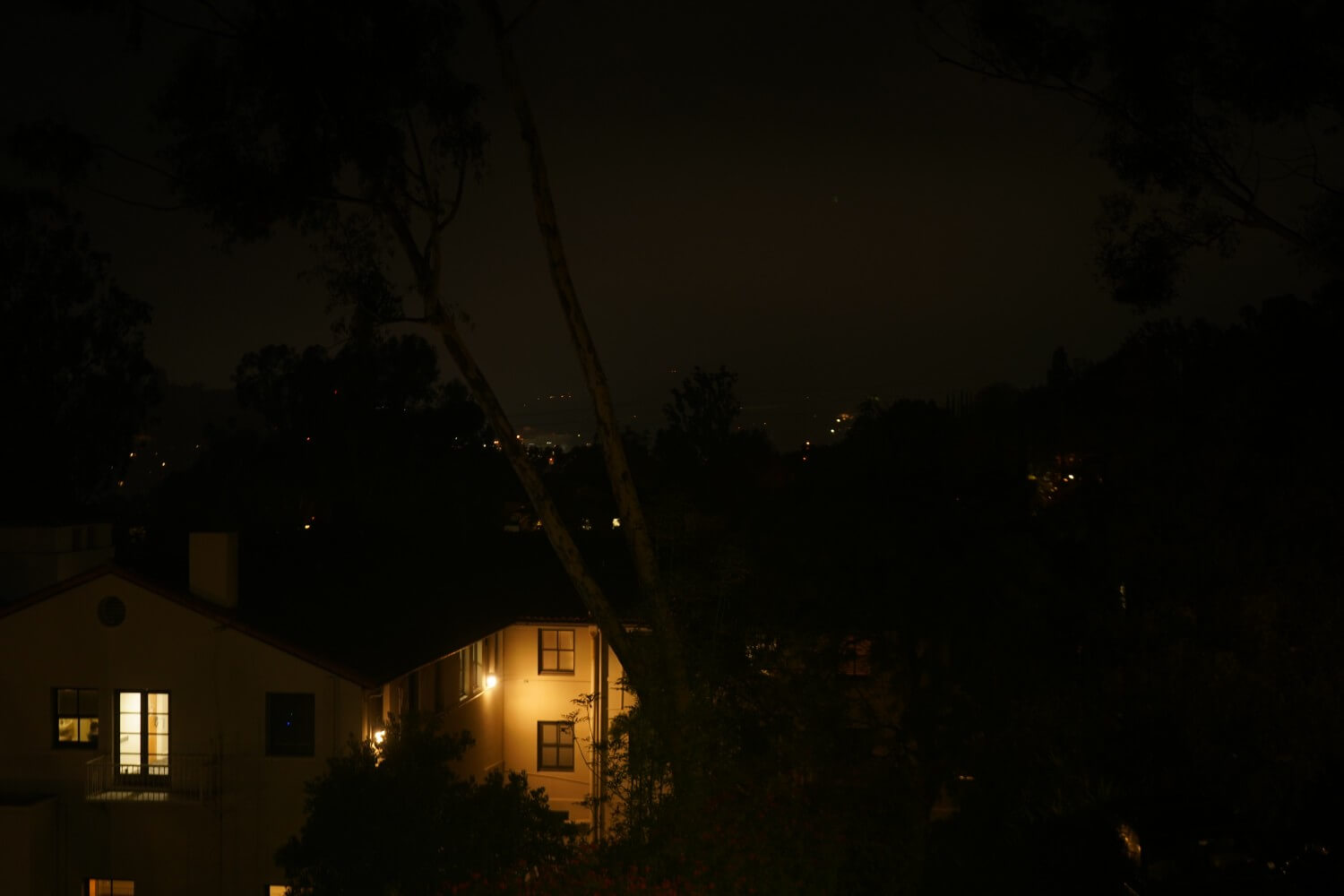
Josenhans said circadian dysregulation correlates with higher obesity, depression, cardiovascular disease and an increased risk of developing certain cancers, particularly breast and prostate. According to Josenhans, the American Medical Association and other national health organizations identify light pollution as an escalating threat.
“Reducing artificial light at night is increasingly recognized as a public health problem priority,” Josenhans said.
Beyond humans, Josenhans said artificial light disrupts the circadian rhythm of certain mammals, chemically alters plant ecology and disorients insects and birds.
“It’s pretty sobering to know that an estimated 100 million to one billion birds die from building collisions in North America,” Josenhans said. “And that’s due to light pollution.”
However, Josenhans said there’s a bright side — positive change can happen at the individual level.
“I like the old phrase: ‘think globally and act locally,’” Josenhans said. “It reminds me that every effort counts towards protecting the stars for all of us.”
During the presentation, Becerra led participants through a five-step responsible outdoor lighting checklist.
“This can be applied to a single lighting fixture, but ultimately, if every single lighting fixture is following these five principles, the overall site will be DarkSky compliant,” Becerra said.
Along with reducing light pollution, Becerra said DarkSky compliant lighting fixtures increase safety. According to Becerra, downward targeted and low-level brightness lighting helps human eyes adjust to dark backgrounds, making it easier to spot potential home intruders.
Eagle Rock Neighborhood Council member Natalie Freidberg said she talked with LAPD about decreasing artificial light in Eagle Rock while maintaining safety. According to Freidberg, LAPD says DarkSky compliant motion sensors surprise intruders.
“LAPD tells people to light up their properties as much as possible, although they will admit if you talk to them that motion sensors are better than just having a light on all night,” Freidberg said.
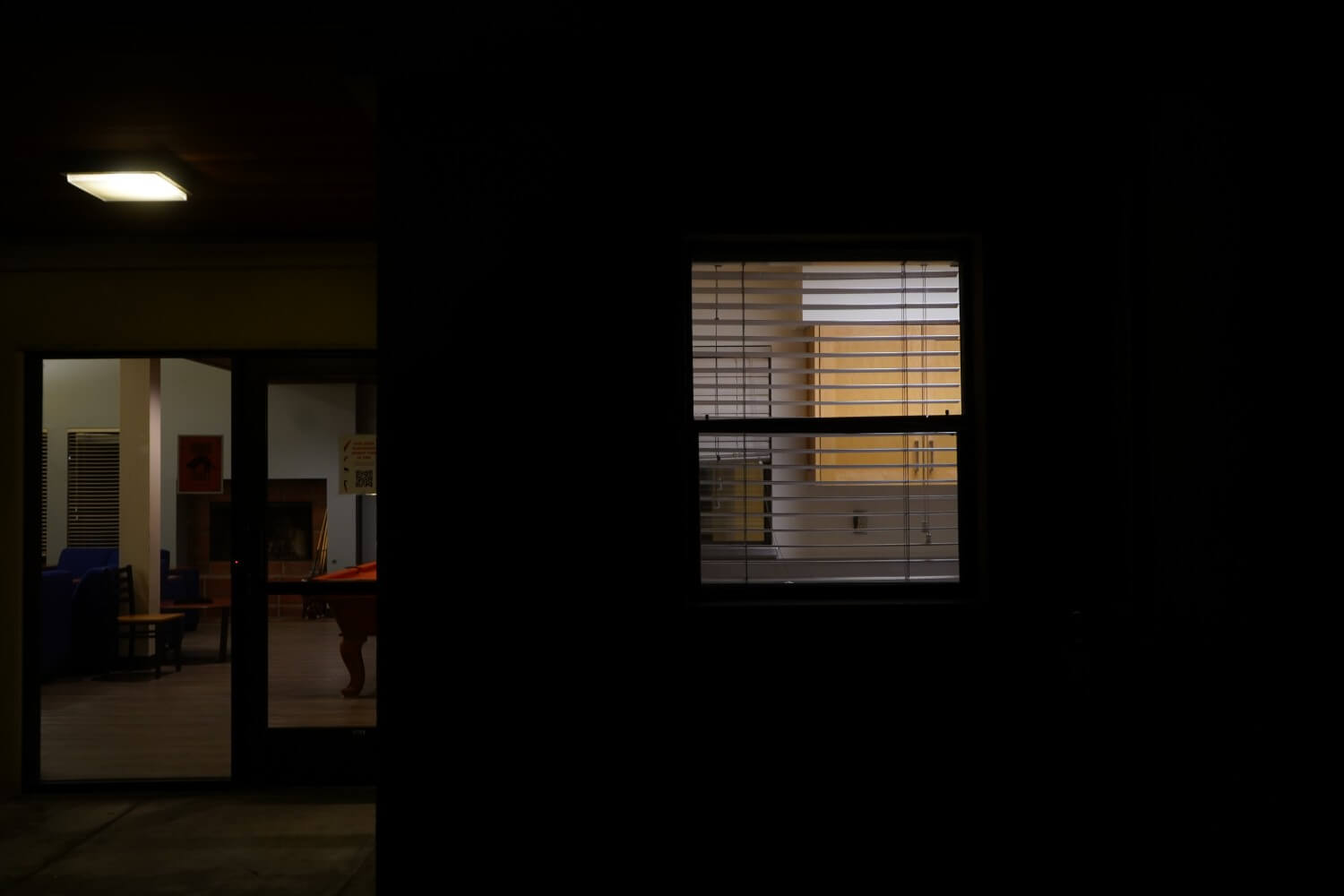
According to Josenhans, brighter does not mean safer.
“DarkSky International has crunched the numbers, and it turns out that a lot of energy does nothing for safety or visibility, which are two reasons we use lighting,” Josenhans said.
Although health consequences, wildlife conservation, safety concerns and energy preservation illuminate the importance of addressing light pollution, Josenhans said her lifelong love of nature compelled her to co-found the DarkSky LA County chapter. Driving through Flagstaff, Arizona — the world’s first International DarkSky City — Josenhans said she could simultaneously see stars and an amber skyline.
“Seeing Flagstaff’s example made me imagine what a darker, more star-filled LA could possibly look like,” Josenhans said. “Bringing that passion home, I sought to engage and educate the community about light pollution and how we can work together to fix it.”
Now, two years later, Josenhans said around 100 volunteers join her in the pursuit of restoring the night sky’s natural beauty so everyone gets a chance to see the cosmos.
“I have met quite a few Angelenos at tabling events who have never actually seen a dark sky,” Josenhans said. “When the stars disappear behind all of that glare, we lose the feeling of wonder and perspective that comes from looking up and realizing how big and beautiful it all is.”
A native Angeleno, Becerra said his first experience with a dark sky was during a college visit to his uncle’s house in Monterey, California.
“I remember seeing the Milky Way for the first time, and I didn’t even know that it was possible to see the Milky Way with the naked eye,” Becerra said. “Growing up here in Los Angeles, it was very shocking.”
Josenhans said the best ways college students can reduce light pollution are to invest in DarkSky compliant lighting fixtures, do research, social network and write to legislators.
According to Freidberg, city council members take letters from constituents seriously, and hearing from residents at board meetings proves especially impactful.
“The great thing is that reducing artificial lighting is a feel-good issue and most politicians want to get behind it,” Josenhans said. “So don’t be shy about speaking up and know that your suggestions are likely to be welcomed and will make a real difference.”
Contact Zoë Beauchamp at beauchamp@oxy.edu
![]()


